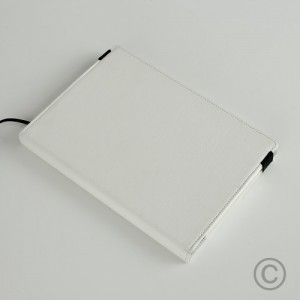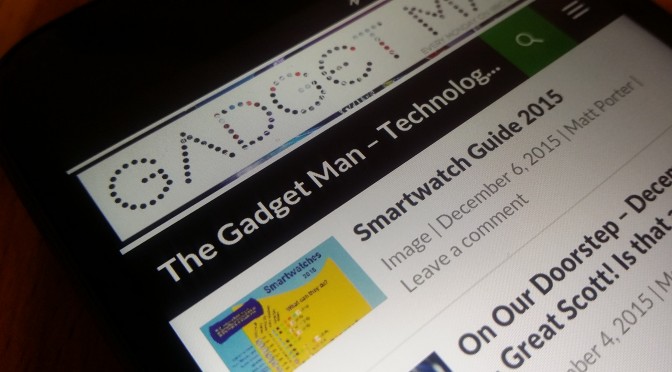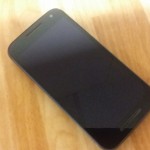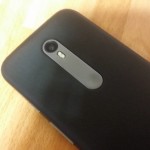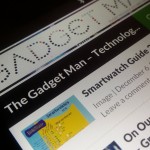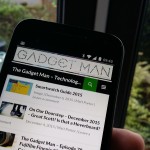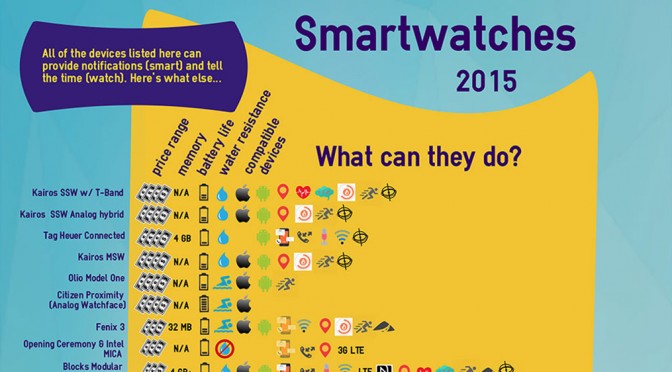Following on from our Tesla Road Trip, I thought it would be a good opportunity to review one of the great pieces of equipment we were able to take with us on the trip.
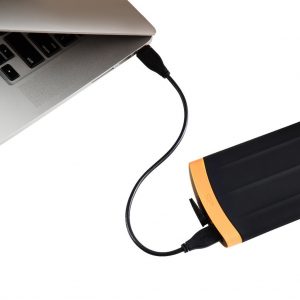 We had planned to travel some 1200 or so miles from Ness Point to Ardnamurchan Point (and back again) in an electric car, part of the adventure was to try and document the trip. We planned to document the trip using a variety of equipment from Smartphones, stabilised cameras to 4K Drones.
We had planned to travel some 1200 or so miles from Ness Point to Ardnamurchan Point (and back again) in an electric car, part of the adventure was to try and document the trip. We planned to document the trip using a variety of equipment from Smartphones, stabilised cameras to 4K Drones.
We would likely be presented with many gigabytes of footage and it was therefore imperative that we had a durable solution for data backup and somewhere to copy footage and imagery taken during the trip.
Our rugged backup solution was indeed a Silicon Power Armor A65 portable 1TB hard drive with it’s shockproof and waterproof housing that gives it military grade protection, to U.S Military MIL-STD-810G 516.6 Procedure IV and IP67 Standard for dust and water ingress.
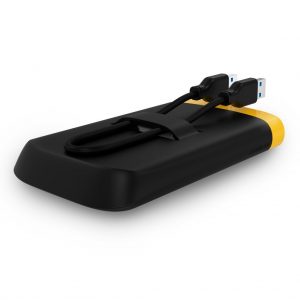 Out of the box, the SP Armor A65, comes with a rubberised casing and IP67 sealed USB 3.0 Socket. IP67 means the device components are sealed from dust and immersion in water up to a meter deep for 30 minutes. The USB 3.0 cable is a full sized male connector at each end, this makes connection to a PC or Laptop very easy as the cable works in either direction. The case also had a slot for either securing the cable to the drive or as a belt clip.
Out of the box, the SP Armor A65, comes with a rubberised casing and IP67 sealed USB 3.0 Socket. IP67 means the device components are sealed from dust and immersion in water up to a meter deep for 30 minutes. The USB 3.0 cable is a full sized male connector at each end, this makes connection to a PC or Laptop very easy as the cable works in either direction. The case also had a slot for either securing the cable to the drive or as a belt clip.
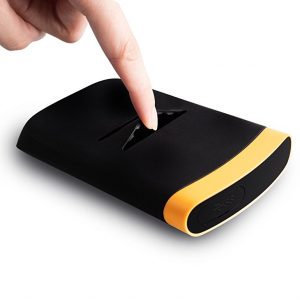 Inside of the heavily protected three layered case lies a Silcon Power 1TB 2.5″ Hard Disk with 1 Terabyte of storage, our brief tests for performance showed a very decent Blackmagic Disk Speed Test score of 71/70. The drive was used extensively both before, during and after the trip and became our ‘go to’ hard disk for the trip.
Inside of the heavily protected three layered case lies a Silcon Power 1TB 2.5″ Hard Disk with 1 Terabyte of storage, our brief tests for performance showed a very decent Blackmagic Disk Speed Test score of 71/70. The drive was used extensively both before, during and after the trip and became our ‘go to’ hard disk for the trip.
Included with the drive is Silcon Power’s HDD Lock Utility which runs on MS Windows. This allows you to encrypt all the data stored on the device to give a greater level of security for users
We tested the device for use when we were using both drones and laptops in the field and the added resilience of the device gave us a greater degree of confidence that our data would remain safe even in the most extreme circumstances. It was also used to backup our laptop during the journey.
If you travel often and need the convenience of a simple to connect device that is both rugged and secure, the SP Armor A65 is most certainly worth the investment and can be purchased from the link to the left.
[amazon_link asins=’B01EYY4A6C’ template=’ProductCarousel’ store=’uk=1′ marketplace=’UK’ link_id=’8f5217e7-e630-11e7-885f-931e4eb187dc’]

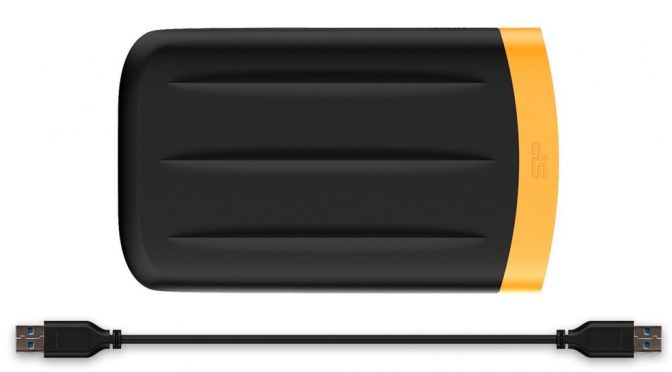

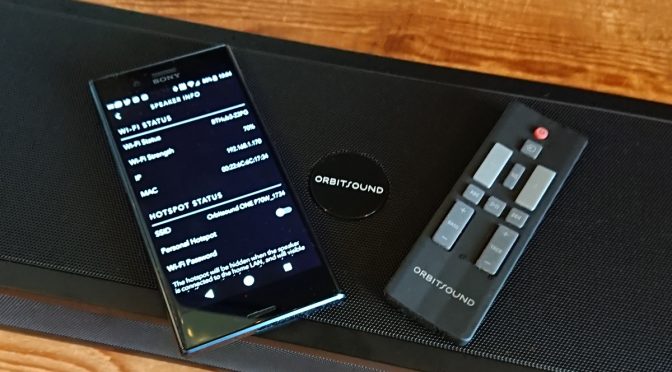
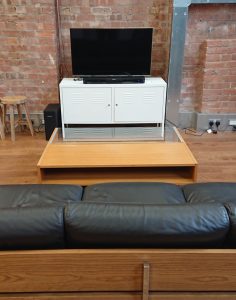
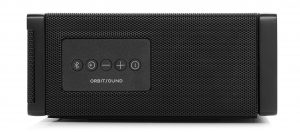
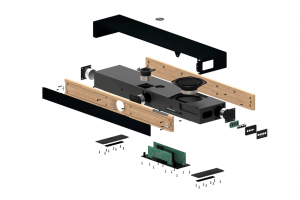

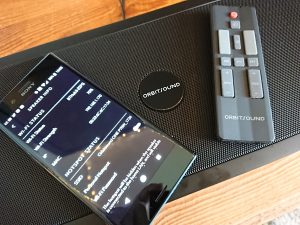


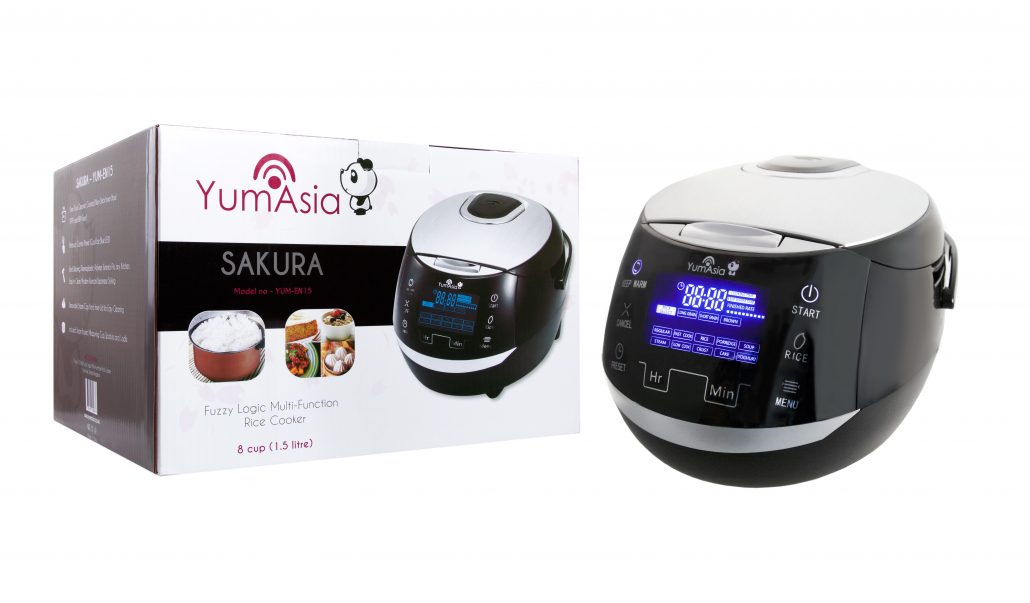
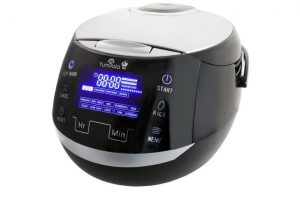
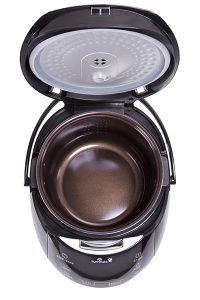


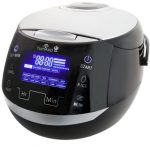

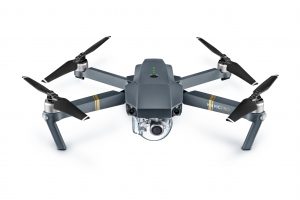

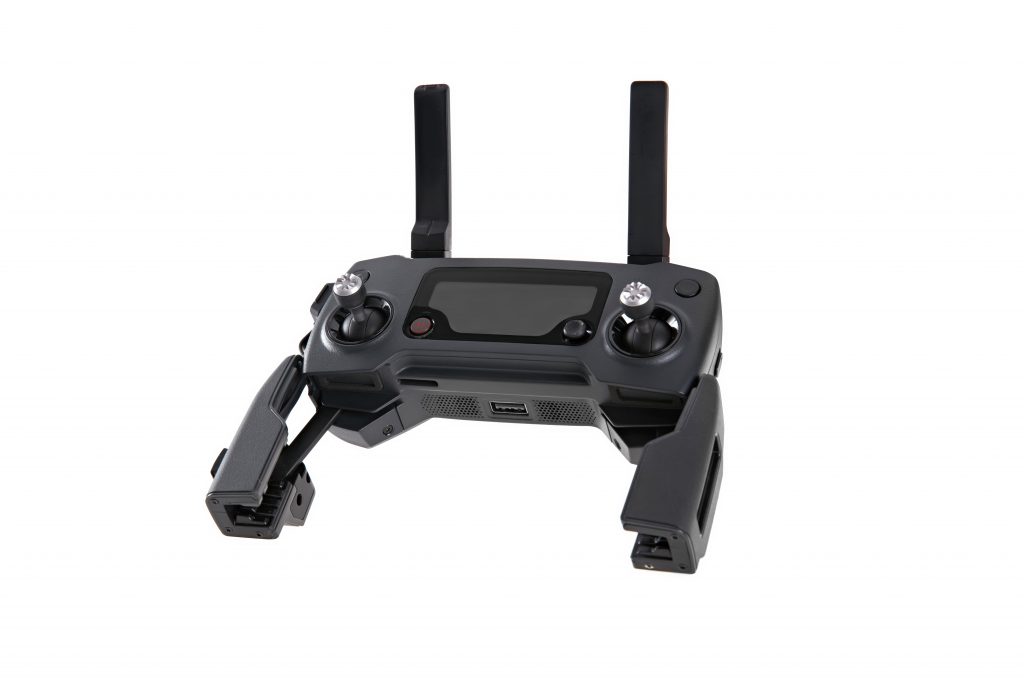 The drone is flown using a very neat controller that connects to your mobile device using USB. Aside from using the phone, the controller also displays important information on a LED display which makes read information in bright sunlight very easy. Operation of the drone is achieved via DJI’s own DJI Go4 software or using 3rd parties such as Litchi. It was supremely simple to operate the drone and its incredible stability gives you a very confident edge when flying.
The drone is flown using a very neat controller that connects to your mobile device using USB. Aside from using the phone, the controller also displays important information on a LED display which makes read information in bright sunlight very easy. Operation of the drone is achieved via DJI’s own DJI Go4 software or using 3rd parties such as Litchi. It was supremely simple to operate the drone and its incredible stability gives you a very confident edge when flying.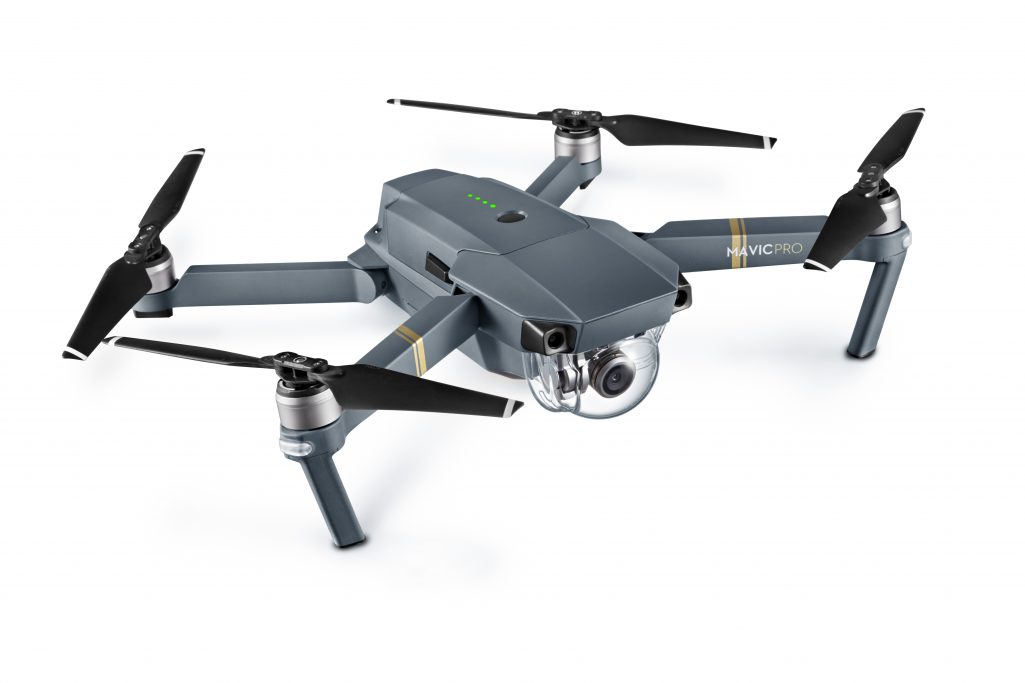

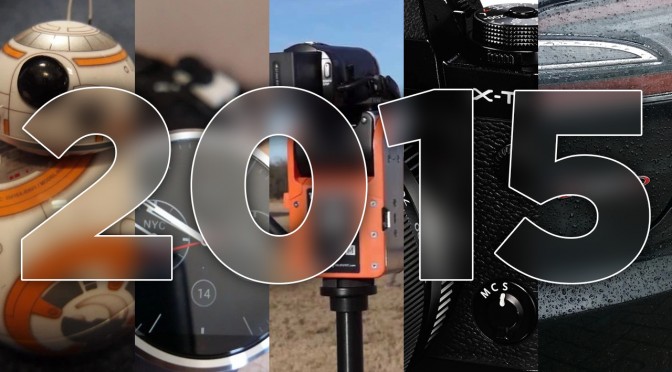

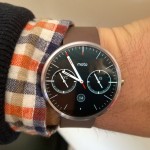
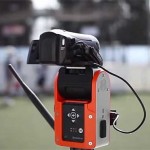
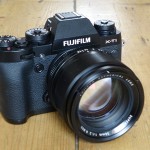

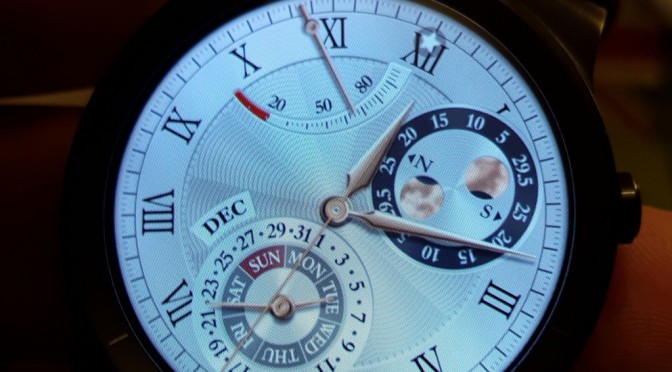
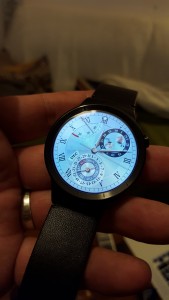
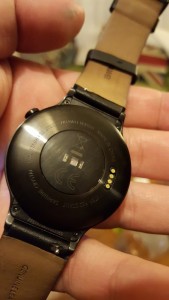
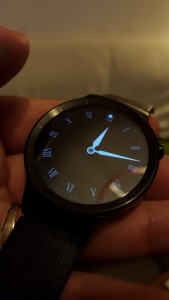
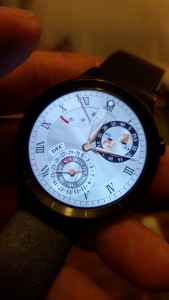
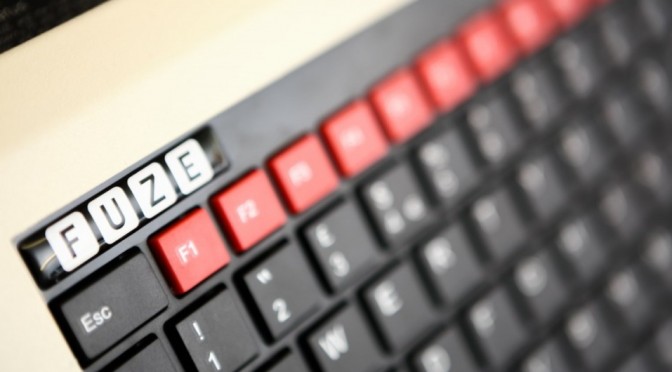
 Back in the 1980’s the UK was a melting pot of computer development, back then you couldn’t visit a friends’ house without seeing a them huddled behind a television slowly tapping out computer programs from magazines on their newly purchased home computers. While the USA basked in the glory of the Apple II and IBM PC, in the UK we had our feet firmly placed on the ground and our wallets closed tight. In the States people were paying $2,500 for their computers, far too much for us in the UK, being much more cautious with our hard earned money! Instead we made our own computers, the amazingly popular Sinclair ZX Spectrum, BBC Model B, Acorn Electron and Dragon 32. All of these were home grown products which took the country by storm for a few short years, much cheaper than the US counterparts at £140 and much more fun, well until the IBM PC was licensed to the likes of Dell, HP and AST and the prices started to tumble to more affordable prices.
Back in the 1980’s the UK was a melting pot of computer development, back then you couldn’t visit a friends’ house without seeing a them huddled behind a television slowly tapping out computer programs from magazines on their newly purchased home computers. While the USA basked in the glory of the Apple II and IBM PC, in the UK we had our feet firmly placed on the ground and our wallets closed tight. In the States people were paying $2,500 for their computers, far too much for us in the UK, being much more cautious with our hard earned money! Instead we made our own computers, the amazingly popular Sinclair ZX Spectrum, BBC Model B, Acorn Electron and Dragon 32. All of these were home grown products which took the country by storm for a few short years, much cheaper than the US counterparts at £140 and much more fun, well until the IBM PC was licensed to the likes of Dell, HP and AST and the prices started to tumble to more affordable prices.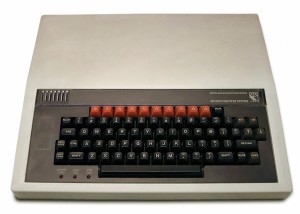
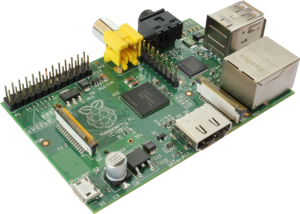
 This is where Fuze comes in, by packaging the Raspberry Pi in a useable case (strangely evocative of the BBC Micro from the 80’s) with integrated keyboard and circuit prototyping board, the Fuze is being launched into schools as the ideal platform for Coding in the curriculum. The circuit board that sits on top of the Fuze allows for electronic design and testing that can be directly controlled from the included Fuze Basic programming language.
This is where Fuze comes in, by packaging the Raspberry Pi in a useable case (strangely evocative of the BBC Micro from the 80’s) with integrated keyboard and circuit prototyping board, the Fuze is being launched into schools as the ideal platform for Coding in the curriculum. The circuit board that sits on top of the Fuze allows for electronic design and testing that can be directly controlled from the included Fuze Basic programming language.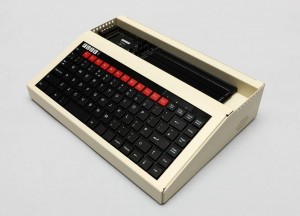

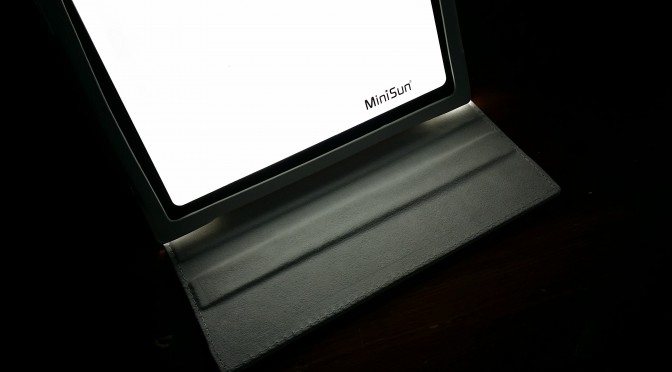
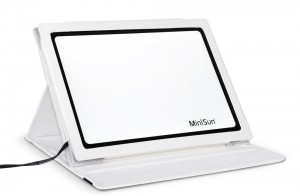 In the words of Deep Purple; “The Nights Are Closing In”, and with it the increase of Seasonal Affective Disorder or S.A.D. which affects around 3-6% of the UK’s population.
In the words of Deep Purple; “The Nights Are Closing In”, and with it the increase of Seasonal Affective Disorder or S.A.D. which affects around 3-6% of the UK’s population.